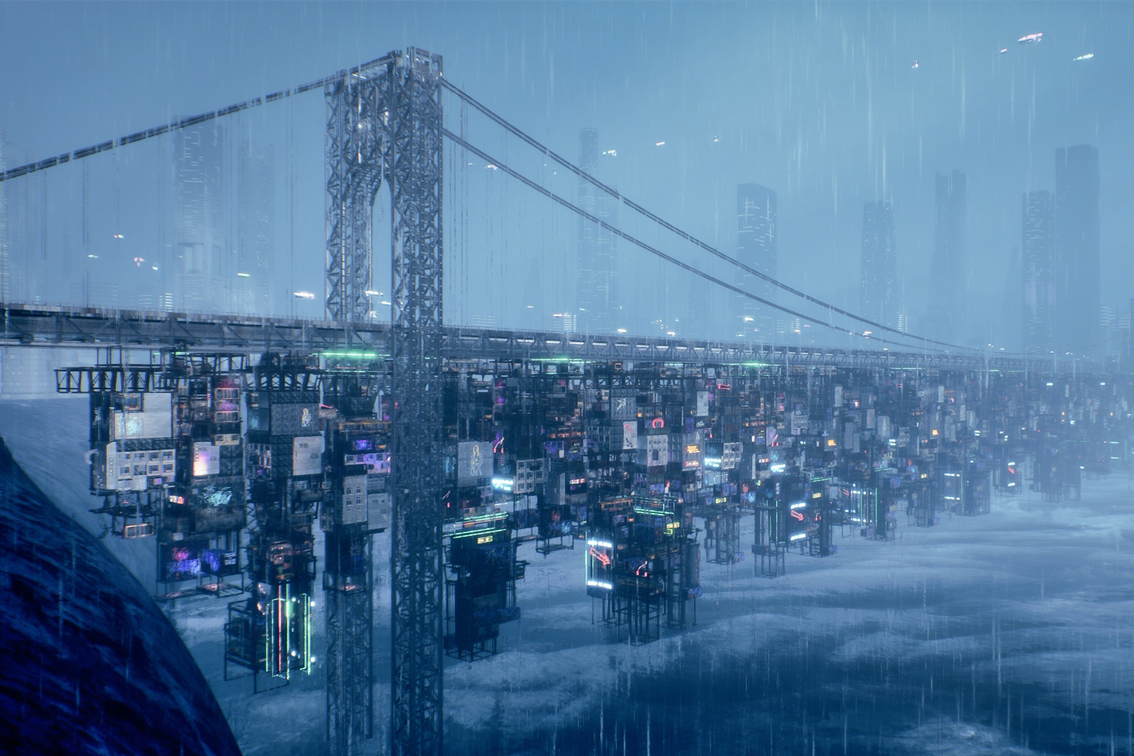From Visual Arts to Rendering: The Relevance of Atmospheres in Architectural Visualization

Archdaily_Techniques in visualization have evolved significantly over the years, providing increasingly accurate depictions that give architects a realistic view of their work before the foundation is even laid. For architects and the people they work with, the goal of a visualization is to illustrate the qualities and characteristics of a three-dimensional space that has yet to be built or is in the process of being constructed, by using hand or computer drawn images, videos, and even virtual reality platforms. All of these tools serve as a way of bringing an idea to life, whether for clients or judges in an architectural competition.
If you want to illustrate qualities such as the specific measurements and dimensions of a project, it's best to use more precise visualization tools like a technical drawing. If you're looking to express a more general idea or concept, a sketch or ideogram would be your best options. And finally, if you want to demonstrate the spatial distributions of a structure, a blue print will do the job. Architectural visualization, on the other hand, paints a more realistic picture of the final result as well as providing more information about dimensions and details. In other words, it's a complete overall picture, a rendering that combines the shapes, lighting, shadows, textures, colors, and tones of an architect's creation.
In a world centered on visual communication, as explained by Finnish architect Juhani Pallasmaa in his book The Eyes of the Skin, “architecture has adopted the psychological strategy of advertising and instant persuasion" where it seems that graphs and hand-drawn plans are increasingly making way for "striking and memorable" visual content. Add this to the already overwhelming avalanche of images that we have at our fingertips and it's relevant to consider the immediate reactions that images produce in their audiences. For the untrained eye, for example, exact measurements are not as significant as the lighting, the quality of materials, the textures, the shapes, the colors, or any of the other elements that create the image's atmosphere: the implicit content that communicates beyond the image itself.
Quality architecture to me is when a building manages to move me...How do people design things with such a beautiful, natural presence...? One word for it is 'atmosphere.' This is something we all know about; our first impression of a person. (…) It's a bit like that with architecture, too. I enter a building, see a room, and--in a fraction of a second--have this feeling about it. We perceive atmosphere through our emotional sensibility--a form of perception that works incredibly quickly, and which we humans evidently need to help us survive...Something inside us tells us an enormous amount straight away. We are capable of immediate appreciation, of a spontaneous emotional response, of rejecting things in a flash. – Peter Zumthor, Atmospheres.

The search for a quick visual impact is nothing new. In painting, we can see this as far back as the Baroque period, where light, chiaroscuro, and tones become the essential ingredients for creating specific sensations. Other artistic movements defined by visual atmospheres were Romanticism and Impressionism, where the use of color and light was often exaggerated to enhance the emotional experience of the viewer, creating feelings of instant calm, peace, or even tension.

In photography on the other hand, the camera's ability to manipulate and capture aspects of the light allow the photographer to increase or modify the atmosphere within an image. This centers on the photographer's interpretation of the space that they're capturing as well as the message that they are trying to send with their photography; however, both center on the same technique that we find in painting. Essentially, there is a message within the intersection of elements--the light, textures, shapes, colors, and tones--that inspires an instantaneous feeling within the viewer.

As exemplified by painting and photography, visual arts has always emphasized the role of light, shadow, and colors in stimulating conscious and subconscious reactions from viewers. This has lead to the development of techniques and tools that enable visual artists to manipulate visual atmospheres, using everything from canvases, paper, and, more recently, screens, and inspire the emotions of their audience.

In architectural visualization, the use of these same tools presents an opportunity to transmit a large quantity of ideas and information that goes beyond measurements and technicalities, which most of the time are lost on untrained eyes. Instead, viewers are able to see the full context of a project, namely where it will be built, how it will be used, and who will use it.
